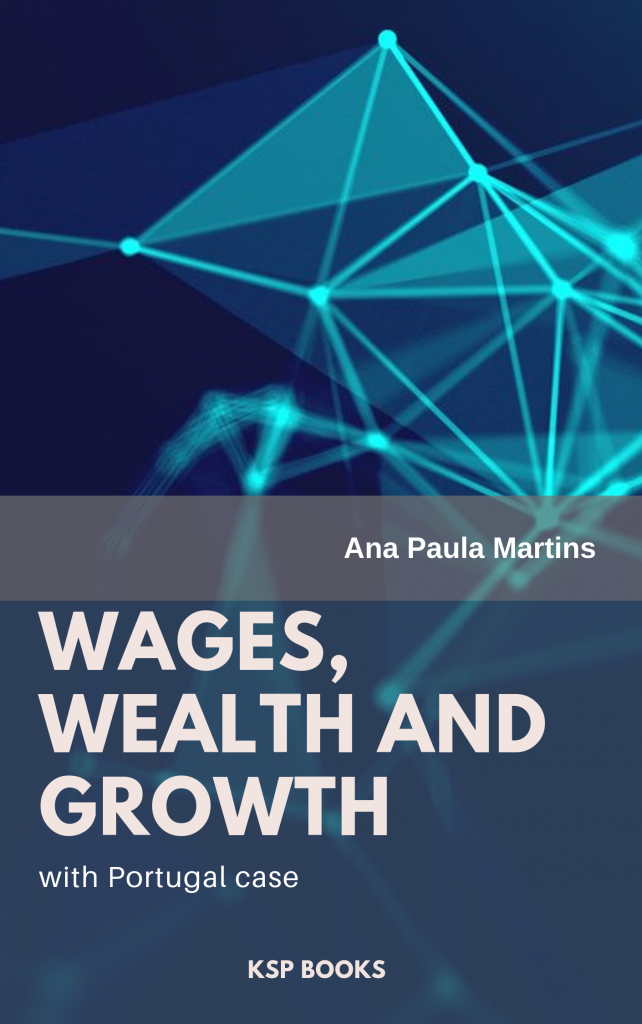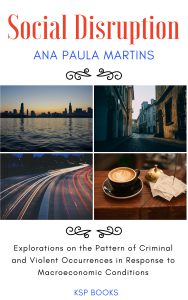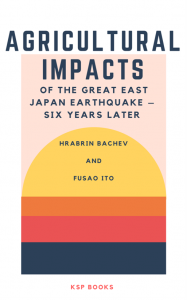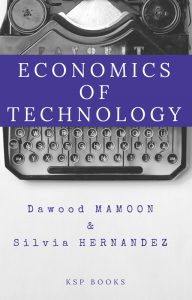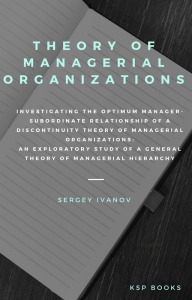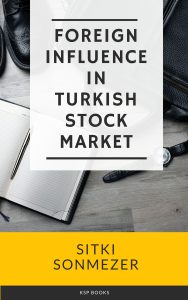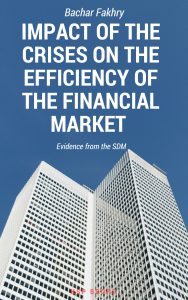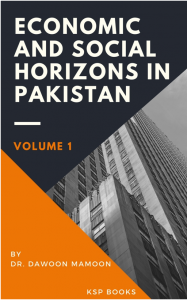Wages, Wealth and Growth: with Portugal case
Synopsis
(Ch.1) This chapter explores the dynamic potential of point-wise utility functions optimization of representative agent economies. Such functions were generically considered to depend upon current consumption and wealth to be made available for next period usage or income generation, implying an endogenous (pseudo-)rate of time preference. At first inspection, the framework reproduced closely the dynamics and steady-state properties of the traditional Solow-Swan and Ramsey models – with population growth, exogenous technical progress, land, or increasing returns to scale – as well as, when human capital/knowledge was introduced, the Lucas-Uzawa endogenous growth set-up. General uncertainty – simulated at different decision stages – resulted in intuitively appealing solutions. Overlapping optimization of the capital stock generated forward-looking recursive dynamics. Homothetic preferences (CES or generalized Cobb-Douglas) – implying a constant consumption-(lead)wealth ratio along an optimal path and resulting in steady-state saving rates independent of CRS technologies features in simple structures -, were assumed for illustration, and also generic separable forms in the arguments. The latter were useful under uncertainty, allowing the inspection of the role of risk-aversion and diminishing marginal returns to capital in equilibrium and steady-state determination.
(Ch.2) This chapter extends the standard closed shop union model of wage determination by introducing endogeneity of union membership. The labor market outcome with endogenous membership may differ when unions behave monopsonisticaly relative to the case where they are “membership-takers”, resulting in higher or lower wages (more or less favorable contract curve in efficient bargaining) according to the form union´s utility function and/or implicit decision process value union size. Some notes are added highlighting the role of membership fees in the membership function determination of a union that works as a nonprofit organization.
(Ch.3) This chapter discusses the relation between centralization in union bargaining and the wage-(un)employment mix. Empirical findings point to a positive relation between the degree of coordination in union bargaining and wages till a certain point, and a negative one afterwards. A theoretical argument fits such evidence, relying on the mechanism behind the free-rider problem in union bargaining. If earnings taxes were introduced to finance the unemployment insurance fund, that relation could change. The impact on the equilibrium wages and multipliers in the several scenarios is briefly explored. Indirectly, an explanation for the shape of the empirical “wage curve” is also derived.
(Ch.4) It is the purpose of this chapter to present some estimates of human capital earnings functions for Portugal, using published data on mean earnings by age, education and sex. We provide estimates of the implicit rates of return to human capital – schooling and general O.J.T. Differential effects by sex are discussed. An application of the methodology is used to analyze returns differentials between different schooling categories. Research on the specification of the earnings-experience profiles is also performed.
Contents
About Author
ISBN
978-605-7736-52-9
Date of Publication
December 15, 2019
File Size: 3058 KB
Length: xiii + 137 pages
This work is licensed under a Creative Commons Attribution 4.0 International License.
